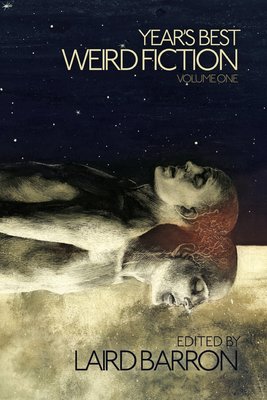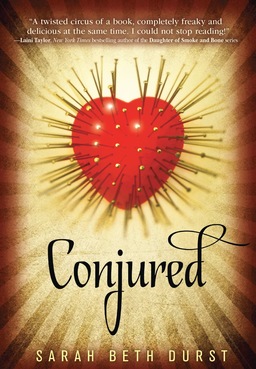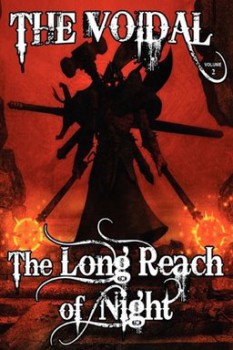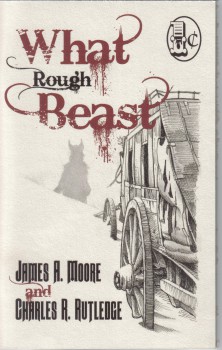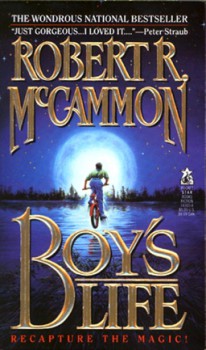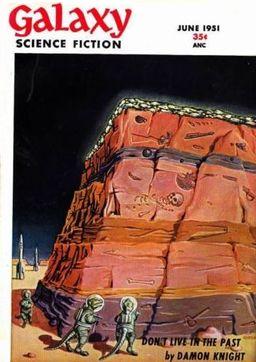New Treasures: The Cobbler of Ridingham by Jeffrey E. Barlough
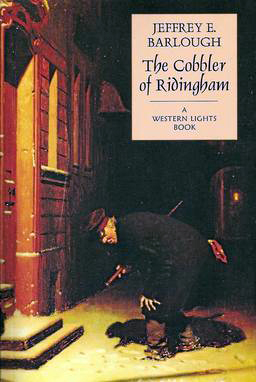 Winter is the best time to appreciate Jeffrey E. Barlough, perhaps none more so than the current brutality we’ve been experiencing in New England. Day after day of snow blowing past the windows makes it easy to imagine oneself in Barlough’s alternate history of an ice age that never fully receded; and a fire in the grate and a cup of hot coffee at hand while the wind howls beyond the lattices blurs the distinction between this reality and living in a separate megafauna-filled America settled by Victorian doomsday survivors swaddled in coats and mufflers.
Winter is the best time to appreciate Jeffrey E. Barlough, perhaps none more so than the current brutality we’ve been experiencing in New England. Day after day of snow blowing past the windows makes it easy to imagine oneself in Barlough’s alternate history of an ice age that never fully receded; and a fire in the grate and a cup of hot coffee at hand while the wind howls beyond the lattices blurs the distinction between this reality and living in a separate megafauna-filled America settled by Victorian doomsday survivors swaddled in coats and mufflers.
In Barlough’s latest novel, The Cobbler of Ridingham, Richard Hathaway comes to Haigh Hall to examine some letters penned by Pharnaby Crust, an overlooked composer whom Hathaway intends to rescue from obscurity with a thorough biography. While studying in the Hall’s library, Hathaway observes a lurking shadow without source and is soon immersed in the curse of Crispin Nightshade, the infamous cobbler of nearby Ridingham. Nightshade used something known as haunted leather to fashion shoes which, when placed on the feet of corpses, could make the dead walk again. There are bumps in the night, unexplained footprints, a boot found in a snow bank, and more, all involving Barlough’s typical cast of well-sketched characters from upstairs and down.
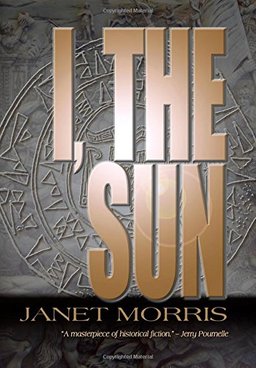
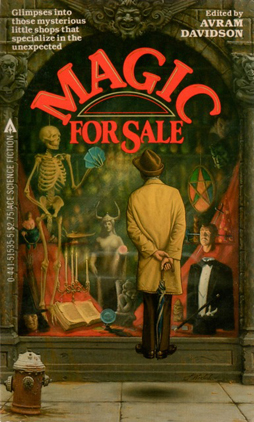 At a science fiction book sale not too long ago, I picked up an anthology from 1983 called Magic For Sale. There was something irresistibly appropriate in buying the book second-hand: edited by Avram Davidson, it’s a collection of stories for the most part precisely about the magic that lies within the second-hand. About purchasable goods with something in them beyond cost and explanation. About shoppers who find more than they expected. About supernatural bargains, each with its own twist.
At a science fiction book sale not too long ago, I picked up an anthology from 1983 called Magic For Sale. There was something irresistibly appropriate in buying the book second-hand: edited by Avram Davidson, it’s a collection of stories for the most part precisely about the magic that lies within the second-hand. About purchasable goods with something in them beyond cost and explanation. About shoppers who find more than they expected. About supernatural bargains, each with its own twist.